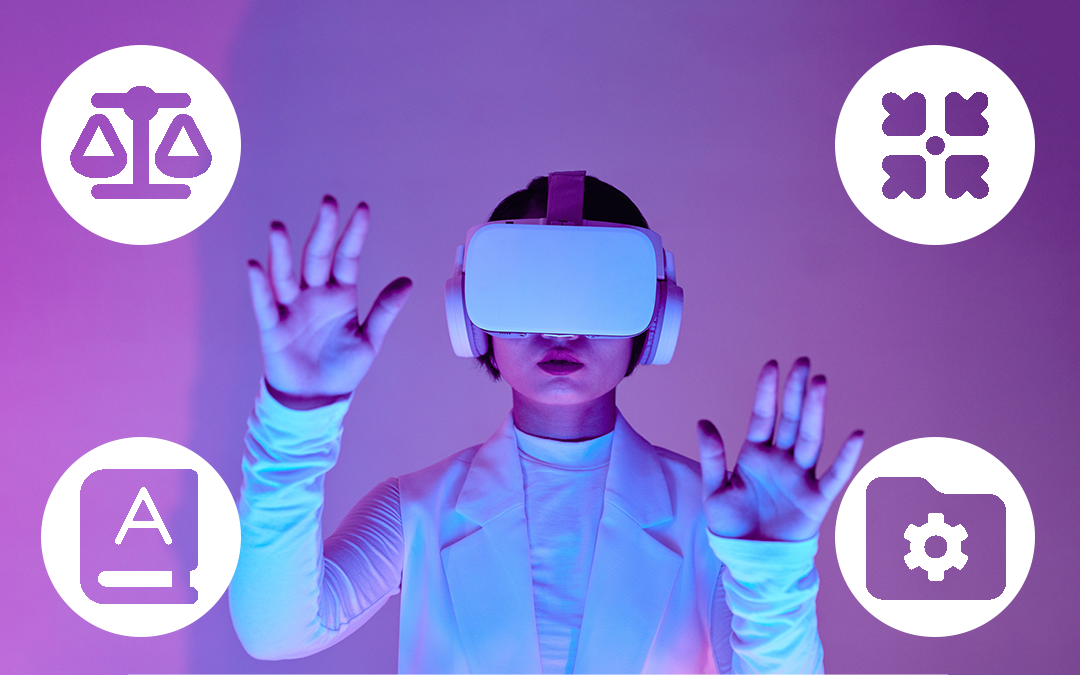Definitions and objectives of collaborative work and augmented collaboration
Collaborative work and augmentative collaboration are two terms often used interchangeably, but wrongly so because they describe different concepts. Collaborative work refers to the use of methods and practices for organizations and employees to work together effectively. It includes aspects such as communication, conflict resolution and project management. The tools used in collaborative work are classically: instant messaging applications, video conferencing tools and document sharing tools (EDM). Collaborative work can be done face-to-face or remotely, but its main objective is to facilitate interactions between team members.
Augmented collaboration, on the other hand, focuses on the use of technology to enhance collaboration. This concept encompasses tools such as: augmented reality, virtual reality, digital assistants and data analysis tools to improve communication, decision making and team efficiency. Augmented collaboration aims to increase human capabilities tenfold for better collaboration between team members. This can help with understanding the vision, understanding the work environment, understanding the data, and helping with decision making.
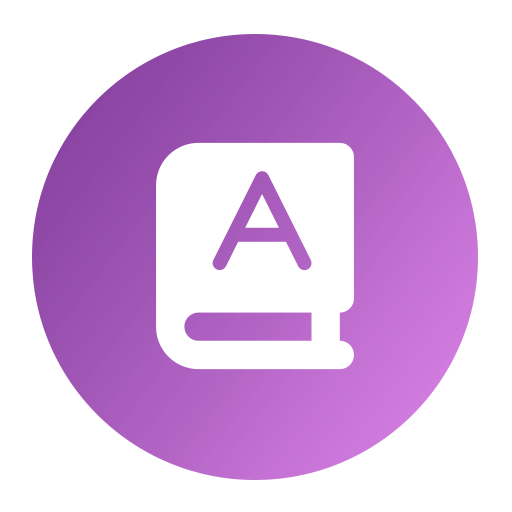
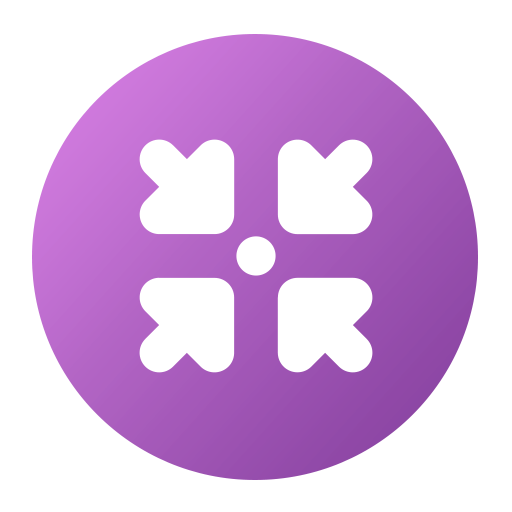
Intersection of collaborative work and augmented collaboration
It should be noted, however, that these two terms can intersect and complement each other. Digital collaborative tools can be used to improve team communication and coordination, but they can also be used to enhance individual capabilities, with augmented reality or data analysis technologies.
Benefits and challenges of collaborative work and augmented collaboration
The benefits of collaborative work are numerous. It allows companies and employees to work together efficiently, share knowledge and skills, and make decisions faster and more effectively. This is all the more valid at a time when interactions between members of the same organization are multiplying and project mode is becoming the norm. It can also improve productivity, innovation and individual satisfaction and thus contribute to employee engagement. Organizations can use exchange tools to maintain open and honest communication with employees, and employees can use document sharing tools to work together on projects.
There are also challenges related to collaborative work. Cultural barriers, people conflicts, and skill gaps. Managers must be aware of these challenges and implement Adhoc strategies to overcome them. For example, training programs will help those who are having difficulty overcoming skill gaps, or the establishment of reporting mechanisms to manage conflict effectively.
Augmented collaboration also offers many benefits. Augmented reality and virtual reality tools can help all members of an organization understand data more intuitively, while digital assistants can help make decisions faster and more efficiently. Data analysis tools allow you to process large volumes of data to quickly identify trends and patterns that can feed or modify strategic decisions.
But this increased collaboration is not without its challenges, notably the costs of the different tools and solutions which can be high for the company, with the added cost of training all its members. Managers must be aware of these limits and obstacles to change and implement a real management of the digitalization of processes impacted by this increased collaboration. Regardless of the tool, you need an implementation program that takes into account the company’s culture and includes a training package that will satisfy both the most avid users and the most resistant.
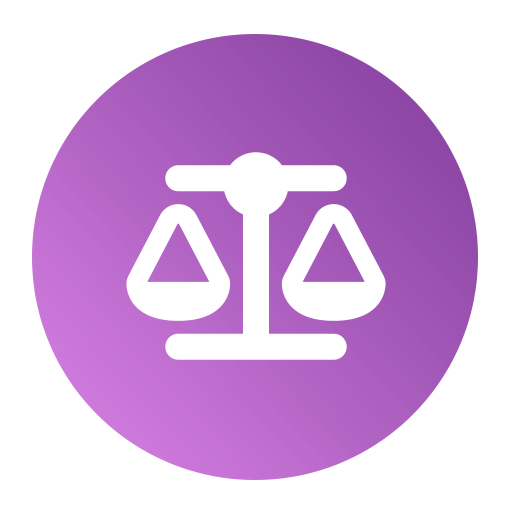
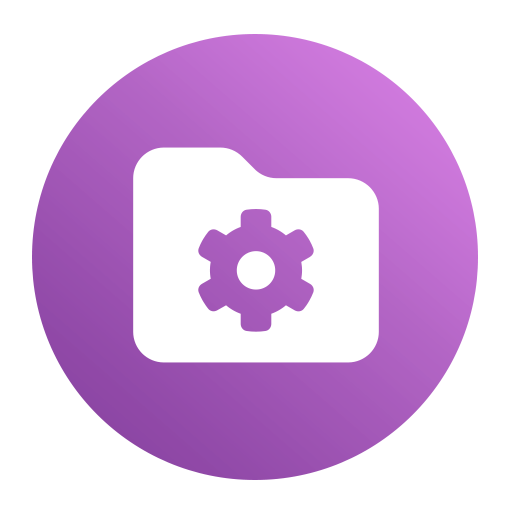
Collaborative work: a method / enhanced collaboration: tools
In conclusion, collaborative work and augmented collaboration are different but complementary concepts. Collaborative work focuses on methods and practices for organizations and employees to work together effectively while augmented collaboration focuses on the use of technology to enhance collaboration and augment human capabilities. Companies need to evaluate the pros and cons of these technologies to determine how best to use them for their goals and budget.
The joint application of the two concepts makes it possible to gain in efficiency, productivity and even to lighten the mental load when the processes and the tools are well aligned.
Innovation and satisfaction for the company are achievable if the choices made are threefold consistent:
- an alignment of the company’s culture,
- of its processes
- and the value of the example set by the management.
